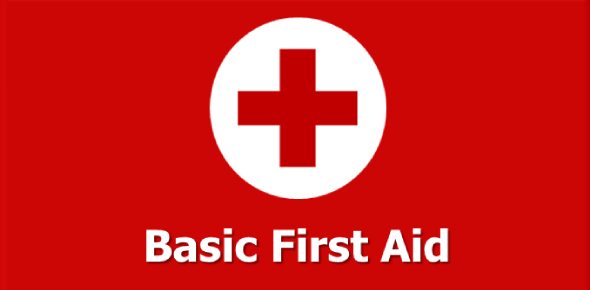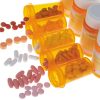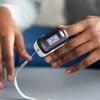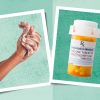- Empty cart.
- Continue Shopping
How to Administer Basic First Aid for Burns

Burns are a common household injury that can happen in the blink of an eye, whether from a hot stove, boiling water, or even sun exposure. Knowing how to administer basic first aid for burns is crucial for minimizing damage and promoting faster healing. In this blog post, we’ll guide you through the essential steps to take when dealing with different types of burns.
Identifying the Severity of the Burn
Before administering first aid, it’s important to assess the severity of the burn. Burns are generally categorized into three types: first-degree, second-degree, and third-degree. First-degree burns affect only the outer layer of skin and usually cause mild redness and pain. Second-degree burns involve the first and second layers of skin and may result in blistering. Third-degree burns are the most severe and involve all layers of the skin, as well as underlying tissues; they may appear white or charred.
Knowing the severity of the burn will guide you in how to treat it. First-degree and some second-degree burns can often be treated at home, while third-degree burns require immediate medical attention.
Immediate Steps for First-Degree and Second-Degree Burns
For first-degree and mild second-degree burns, the first step is to cool the burn. Run cool (not cold) water over the affected area for about 10 to 15 minutes. This helps to reduce pain and swelling. Avoid using ice or icy water, as this can further damage the skin.
After cooling the burn, gently pat the area dry with a clean towel. Apply a burn ointment or aloe vera gel to moisturize the area and prevent infection. If the burn is causing pain, over-the-counter pain relievers like ibuprofen can be taken, following the instructions on the label.
When to Seek Medical Help
Third-degree burns and severe second-degree burns require immediate medical attention. Do not attempt to treat these burns at home. Call emergency services or go to the nearest emergency room as soon as possible. While waiting for medical help, elevate the burned area and cover it with a clean cloth or plastic wrap to minimize infection risk.
Even for less severe burns, if you notice signs of infection like increased redness, swelling, or pus, consult a healthcare provider. Additionally, if the burn is larger than three inches in diameter or is on the face, hands, feet, or a major joint, seek medical advice.
Preventive Measures
Prevention is always better than cure. Keep hot objects and flammable substances out of reach of children. Be cautious when cooking, and always use oven mitts or potholders. Install smoke alarms in your home and have a fire extinguisher readily available.
It’s also a good idea to keep a basic first aid kit in your home, complete with burn ointment, sterile gauze, and other essentials. This ensures that you’re prepared to handle minor burns and injuries when they occur.
In conclusion, Knowing how to administer basic first aid for burns is a valuable skill that can make a significant difference in the outcome of this common injury. By assessing the severity, taking immediate steps for treatment, and knowing when to seek medical help, you can effectively manage burns and minimize complications.
Remember, while first aid is crucial, it’s not a substitute for professional medical advice and treatment, especially for severe burns. Always consult healthcare providers for proper diagnosis and treatment.








